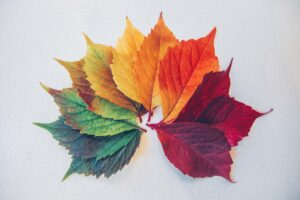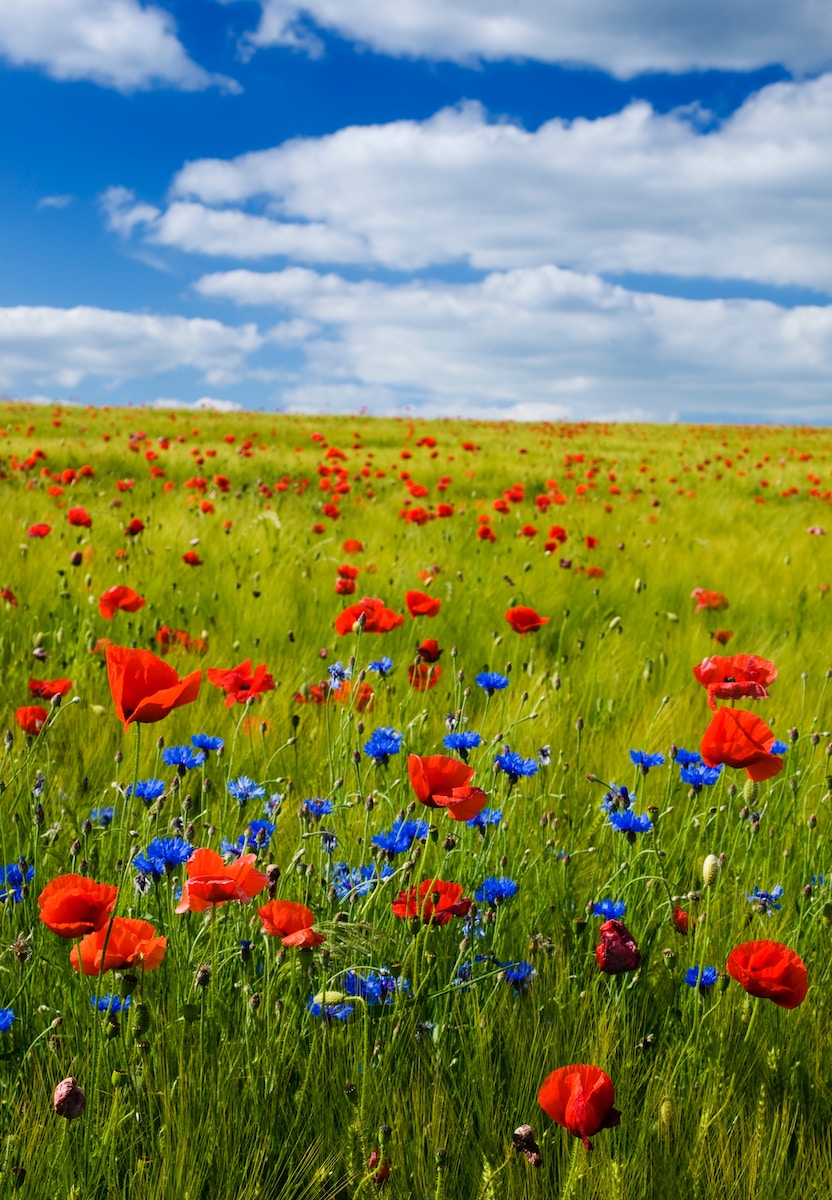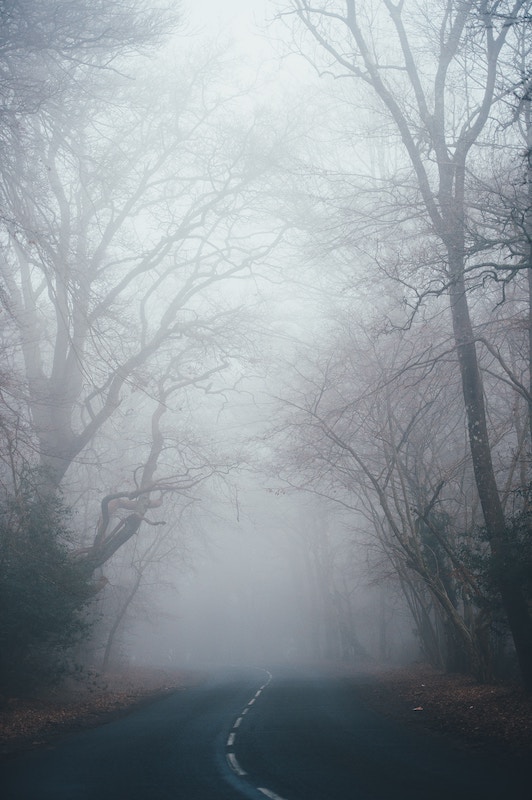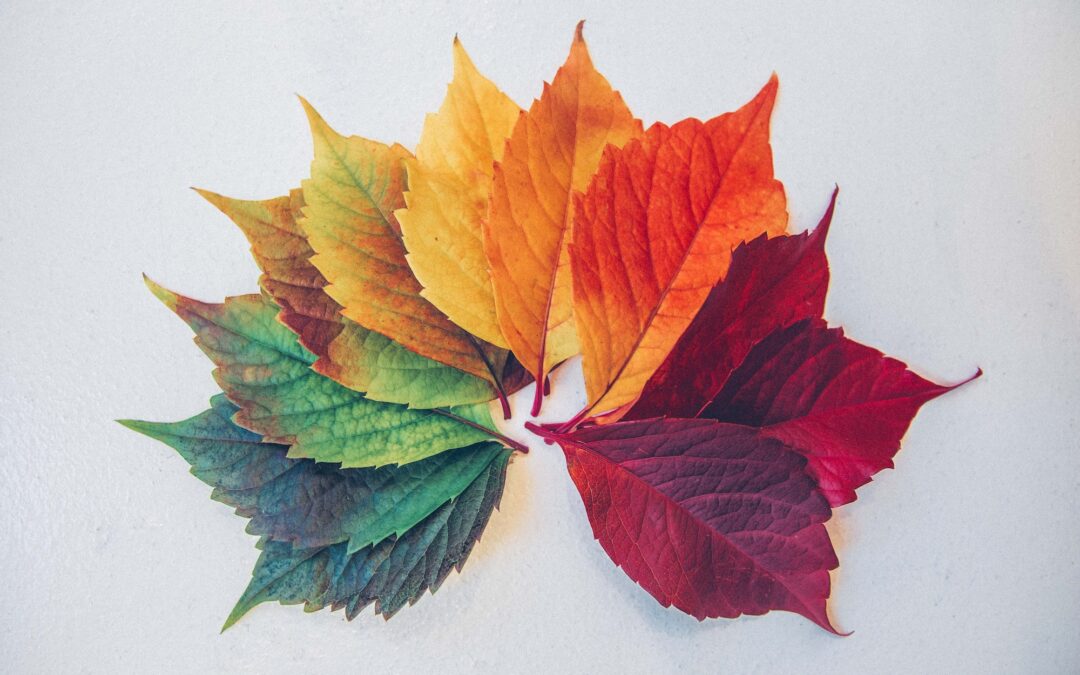The 4 forms of diagnosis: boshin, bunshin, monshin and setsushin are a mainstay of our practice.
When I was at Yoseido shiatsu academy, I often heard Kawada sensei discuss many themes that made up the thought of Japan and the spirit of our practice: Buddhism, Zen, a little Shinto and the reading that he did Yi king and Suwen.
When he talked about the therapeutic approach of shiatsu, he insisted, among other things, on the 4 phases of diagnosis and that everything is linked.
It took me immersing myself in the practice for ten years to realize the correctness and relevance of the approach.
These 4 moments are not just steps to know which technique we are going to apply. There is much more. First, the idea of the right distance, ma’aï, to adjust in the fairest way to the moment. It’s not just a physical distance, it’s a whole state of mind to find and develop. This correct distance, we work it in certain martial arts. Especially in aikido, where we seek the right placement according to the movement and a possible weapon.
These 4 moments of the diagnosis, even if they are dissected, could be only a movement which goes from the reception to the touch of the shiatsu. We find there certain bases of Zen and total presence in the moment, here and now.
In this text, I wanted to change my point of view and not let myself be confined by a rigor and mental rigidity that would only make the practice repetitive and monotonous.
I make a parallel with nature, our fractal nature (read Marvelous Vessels and Fractal Nature) and with the seasonal cycle. Of course, this is only an invitation to think wider, it is not a rule, not a dogma or a doctrine.
When we are attentive to the cycle of time and seasons, it is like a breath that opens, expands and closes. It’s like a dance where the partners come together, turn around and move away. It’s like in aikido where the aikidoka observe each other, advance, merge and separate. It is not for nothing that the Ancients left us invitations to observe what surrounds us and which exceeds us.
When I welcome a person for a shiatsu, it is this same rhythm that also comes alive, that animates us.
Welcoming could be associated with spring. The links are in formation, they are budding. Life is ready to express itself but still remains discreet.
The preliminary discussion, the famous anamnesis would be a summer. The heart opens, the discussion takes place. It’s a walk in a meadow in full sun, it’s abundant and buzzing.

Autumn is here too with listening and smells. It’s like a walk in nature in foggy weather, we feel that nature is preparing, it communicates in a more subtle way.
Winter, to be seen more as a moment of depth than of cold. We go to meet the roots and the hidden movement of life. A walk in the forest at this time gives the impression that life runs deep and is not necessarily easy to see.
I am also attentive because I am not alone in this dance. The receiver is also responsible for each of the phases. The dance is done in pairs.
Let’s elaborate a bit.

Spring
In Japanese diagnosis, it is boshin.
Boshin is what is given to see.
You welcome a person for a shiatsu (or for any other practice if you do not do shiatsu. It also works), your gaze will not observe but see. See a general attitude, see a posture, a way of moving, see a tense, pale face and feel the gaze that can be bright, dull, frank or fleeting.
See and perceive.
It’s like going into nature at the end of winter and feeling the spring that is already there. We can see the buds preparing, the birds waking up. Like a movement that pushes from the depth to create momentum. The impetus to perceive the right imbalance, the possible tension. The momentum of having made an appointment with the desire to get better.
It’s like, on a full moon night, standing on tiptoe to see far.
Summer
Monshin is about dialogue, to find out what the person is looking for and what they are ready to say. Showing off is summer. The sun can shine. The storm can roar too.
Monshin is about bringing to light through words. This dialogue can sometimes come out of the regulatory anamnesis: we can talk about what we like or not, the joys or sorrows of the moment. All this gives deep indications of what does not show itself, what is played out inside. Here too, the receiver gets involved, he is ready or not to talk about the deep nature of his impetus to come and receive. Sometimes, the receiver speaks throughout the session and, in this verbal flow, often hides a pearl of why really…
It’s like a quick discussion between two doors where very important things can be said…


Autumn
Bunshin, which will be detected by nose and hearing. In autumn, nature speaks differently. There are smells, muffled sounds. Bunshin is a walk in nature in autumn in foggy weather. (Yes, I know, fog is not reclusive in the fall, it’s to give an idea and stay within the proposed framework). Some smells are more marked or hidden, held sounds reach us if we take the time to hear.
It’s like listening through a door and discerning the substance of a discussion.
Winter
Setsushin, touch. The one that leads us to the root of the problem which is hidden in the depths. In winter, nature seems extinguished. Yet, if one is attentive, life and its movement are hidden there. Our attention and our presence allow us to feel, sometimes to guess the underlying lines. The recipient will surrender, tense up, run away from the uncomfortable pressure. All this informs us about what is being played out behind the curtain.
It is going to look in depth with benevolence.
As nature is fractal, each of these 4 bases carries within them the nuances of the 3 others. Nothing is totally separate.

In our practice of shiatsu, setsushin is the one that occupies the greatest place. We will choose, according to the 3 previous ones, the techniques to apply.
We will also adapt and vary according to what the body says during the session because nothing is fixed, everything is in motion.
To practice shiatsu is to constantly adapt to the dialogue of the body and its vital movement.
Everything is in everything
However, I see a subtlety: in each of the steps, the care is already present. I was able to realize this from some comments:
- “I’m ready to come and just sit in your waiting room. Just to be there and already feel the relaxation. »
- “The moment you said hello and welcomed me, I felt it was starting to relax”
- “You put your fingers exactly where I was hurting. Your explanation helped me understand.”
I don’t have any magical gifts. I was lucky to have very good teachers. In shiatsu, for the quality of the practices transmitted. In meditation, for the acquired quality of presence.
For any care practice, the balance of technical mastery and presence at the moment and to the person seems to me essential. Otherwise, we would see shiatsu diminish and become only a series of technical gestures.
In each of the 4 diagnostic stages, care is present. It starts with your quality of presence.
This is the spirit with which we animate the “Setsushin” course at Odo shiatsu…
The master key remains practice.
So practice, practice and practice some more.
Ask yourself questions, question, re-question and return to your practice being even more attentive, curious and joyful.



Recent Comments